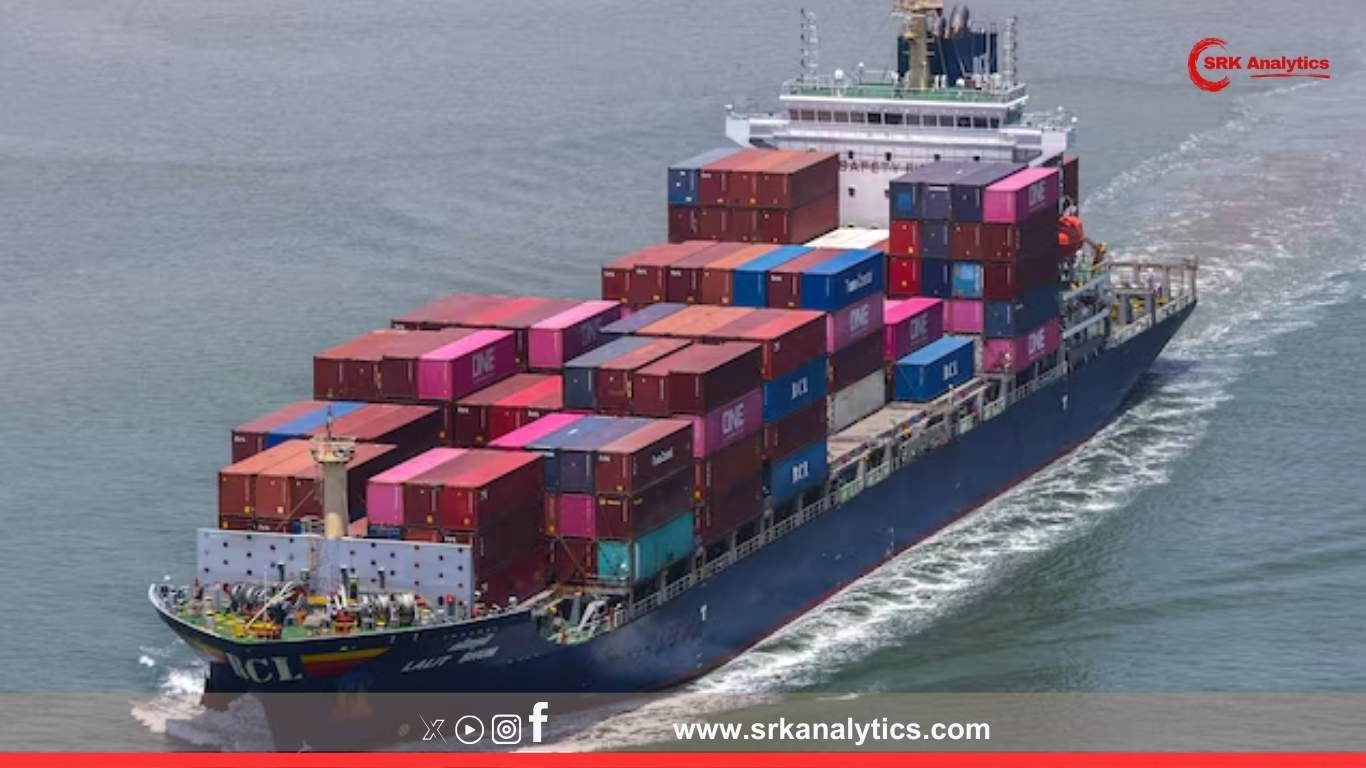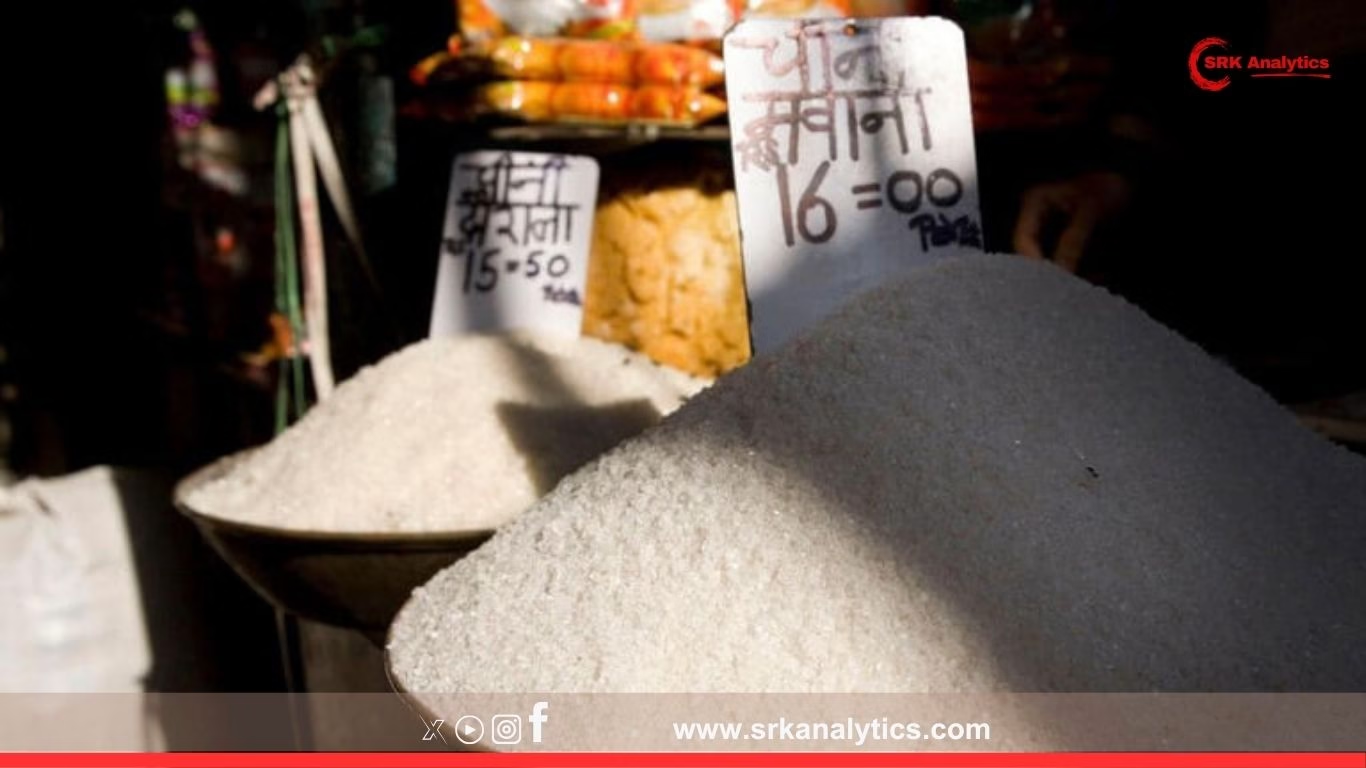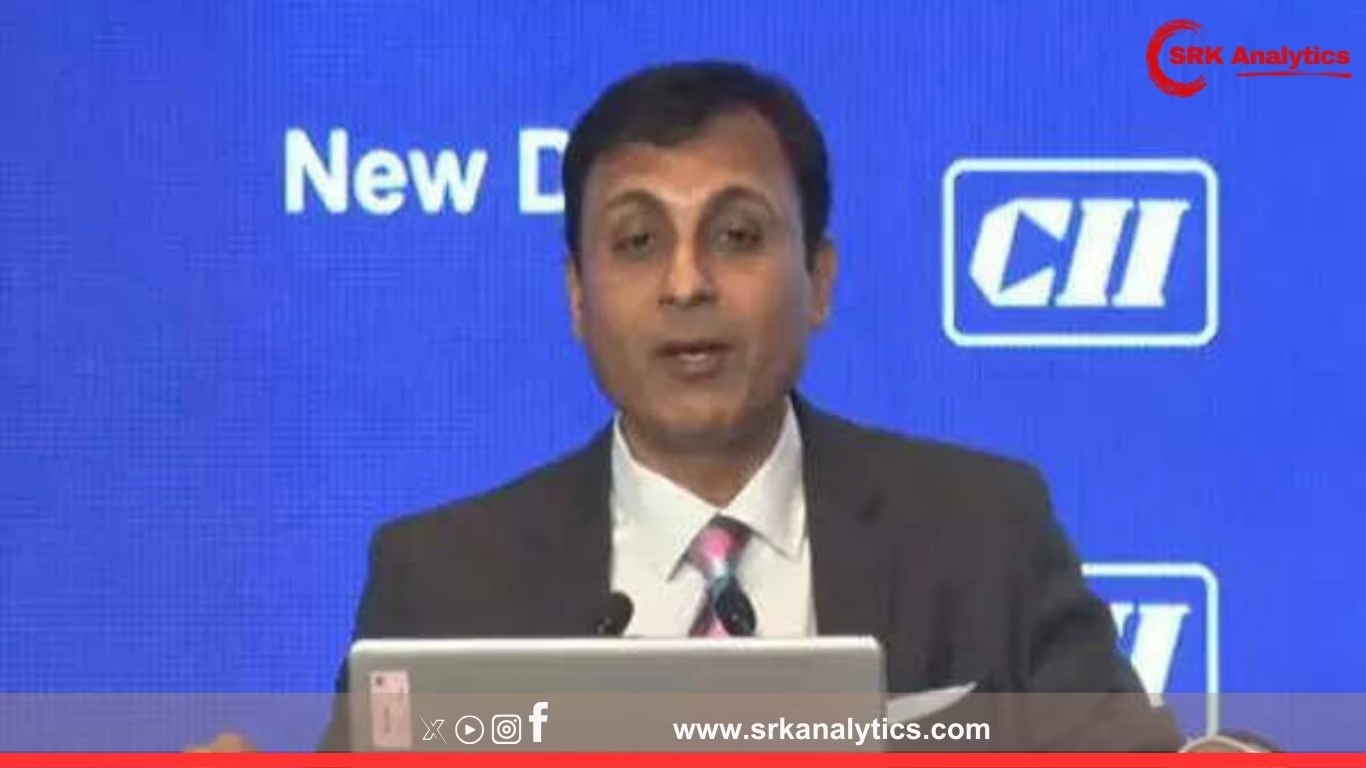As geopolitical tensions, pandemic disruptions, and supply chain shocks redefine global trade resilience strategies, Sanjeev Agrawal, President of Indian Ports Association and Director (Finance) at Shipping Corporation of India (SCI), has underlined the urgent need to strengthen India’s shipping ecosystem to insulate its economy from vulnerabilities during global crises.
Speaking at the Shipping and Maritime Summit 2025, Agrawal stated:
“India’s dependence on foreign shipping lines for both imports and exports increases our vulnerability to external shocks. Strengthening our shipping ecosystem is critical for ensuring strategic and economic security in times of global crises.”
Why Shipping Resilience Matters For India
India’s merchandise trade crossed USD 1.6 trillion in FY24, with over 90% of trade by volume and 70% by value transported via sea routes. The sector’s vulnerabilities were exposed during:
- COVID-19 Pandemic: Container shortages, port congestions, and freight rate surges led to supply chain delays and input cost spikes.
- Suez Canal Blockage (2021): India’s oil and container shipments faced significant detours and delays, impacting energy security and industrial supply chains.
- Red Sea Houthi Attacks (2023-24): Rerouting of vessels via the Cape of Good Hope increased voyage times and freight costs.
Key Pillars Of Agrawal’s Vision For A Resilient Shipping Ecosystem
1. Fleet Augmentation
India’s fleet size remains disproportionately small compared to its trade volume. As of March 2024:
| Metric | India | China | South Korea | Singapore |
|---|---|---|---|---|
| National Fleet Tonnage (DWT) | 14 million | 310 million | 90 million | 80 million |
| % Share In Domestic Trade | ~7% | ~85% | ~70% | ~100% |
Agrawal emphasised:
“We must create incentives for Indian shipping companies to expand tonnage, invest in LNG carriers, and modernise container fleets to reduce reliance on foreign lines.”
2. Coastal Shipping Enhancement
Despite India’s vast coastline of over 7,500 km, coastal shipping accounts for only 6-7% of domestic cargo movement. By promoting coastal shipping through regulatory easing, dedicated terminals, and multimodal integration, inland logistics congestion can be reduced, while resilience is improved.
3. Shipbuilding And Repair Infrastructure
Agrawal highlighted that:
- India has <1% share in global shipbuilding, despite competitive manpower and strategic location advantages.
- Strengthening shipyards like Cochin Shipyard, Goa Shipyard, and upcoming private shipyards through fiscal incentives, technology partnerships, and defence-commercial dual use will build long-term ecosystem depth.
4. Policy & Regulatory Support
Key recommendations include:
- Tonnage Tax Reforms: To improve competitiveness of Indian flagged vessels.
- Priority Funding Access: Dedicated shipping sector infrastructure funds to support fleet and port-linked investments.
- Ease Of Doing Business: Streamlining vessel registration, cabotage exemptions, and customs clearances.
Recent Government Initiatives To Build Shipping Resilience
| Initiative | Objective | Status |
|---|---|---|
| Sagarmala Programme | Port modernisation, connectivity, coastal community development | 802 projects worth ₹5.5 lakh crore under implementation |
| Maritime India Vision 2030 | Increase Indian fleet tonnage to 30 million DWT, enhance port capacity to 3,300 MTPA | Under phased execution |
| Gati Shakti Master Plan | Integrated multimodal logistics corridors including ports | Implementation underway |
Agrawal commended these policies while urging accelerated implementation timelines.
Global Benchmark: Lessons For India
- China: Strong state-owned shipping lines (COSCO, China Shipping) integrated with shipbuilding, ports, and logistics, ensuring supply chain sovereignty.
- Singapore: Shipping registry reforms, ship financing incentives, and port efficiency made it a global maritime hub despite lacking natural hinterland.
- South Korea: Focused investments in shipbuilding and shipping line integration supporting manufacturing exports resilience.
Stakeholder Voices On Shipping Ecosystem Strengthening
Anil Devli, CEO, Indian National Shipowners’ Association (INSA):
“India must implement long-pending reforms to incentivise fleet expansion under Indian flag, including parity taxation and dedicated financing structures.”
Dr. Neeti Sharma, Maritime Economist:
“Shipping is as strategic as defence aviation. National fleet development should be part of national security planning to counter geopolitical disruptions.”
Challenges Hindering Indian Shipping Growth
- High Capital Costs: Limited domestic ship financing mechanisms and long payback periods deter private investment.
- Regulatory Complexities: Multilayered compliance processes for fleet acquisition and operations.
- Taxation Inefficiencies: Indian flagged vessels face higher operating costs compared to foreign competitors.
- Lack Of Skilled Manpower Pipelines: Despite a large seafarer base, skill gaps remain in advanced ship management, LNG carrier operations, and maritime technology.
Strategic Recommendations By Industry Leaders
- Establish Shipping Development Fund with sovereign guarantees to finance fleet acquisition.
- Mandate minimum cargo carriage by Indian flagged vessels for government and PSU cargoes to build assured markets.
- Create Public Private Partnership (PPP) shipbuilding clusters integrating design, manufacturing, and MRO capabilities.
- Promote green shipping initiatives including LNG dual-fuel vessels, green hydrogen bunkering, and electric coastal ships aligned with India’s net zero goals.
Long-Term Benefits Of A Strong Shipping Ecosystem
| Benefit | Impact |
|---|---|
| Trade Resilience | Reduced dependence on foreign lines for critical commodities and manufacturing inputs. |
| Forex Savings | Retaining freight earnings within India rather than paying foreign liners. |
| Employment | High-quality jobs for marine engineers, officers, shipyard workers, and logistics professionals. |
| Strategic Security | Enhanced naval logistics support capacity during geopolitical conflicts. |
Conclusion
Sanjeev Agrawal’s call for a stronger shipping ecosystem underscores its centrality in India’s journey towards becoming a USD 5 trillion economy and a trusted global manufacturing hub. As geopolitical risks and supply chain disruptions continue to test global trade networks, India’s ability to build a robust, self-reliant, and future-ready shipping sector will define its economic resilience and strategic sovereignty in the decades ahead.
Disclaimer: This news content is based on statements from industry leaders, publicly available policy data, and market analysis. It does not constitute investment advice or a recommendation to buy, sell, or hold any securities. Readers are advised to consult SEBI-registered investment advisors or certified financial professionals before making any investment decisions.











